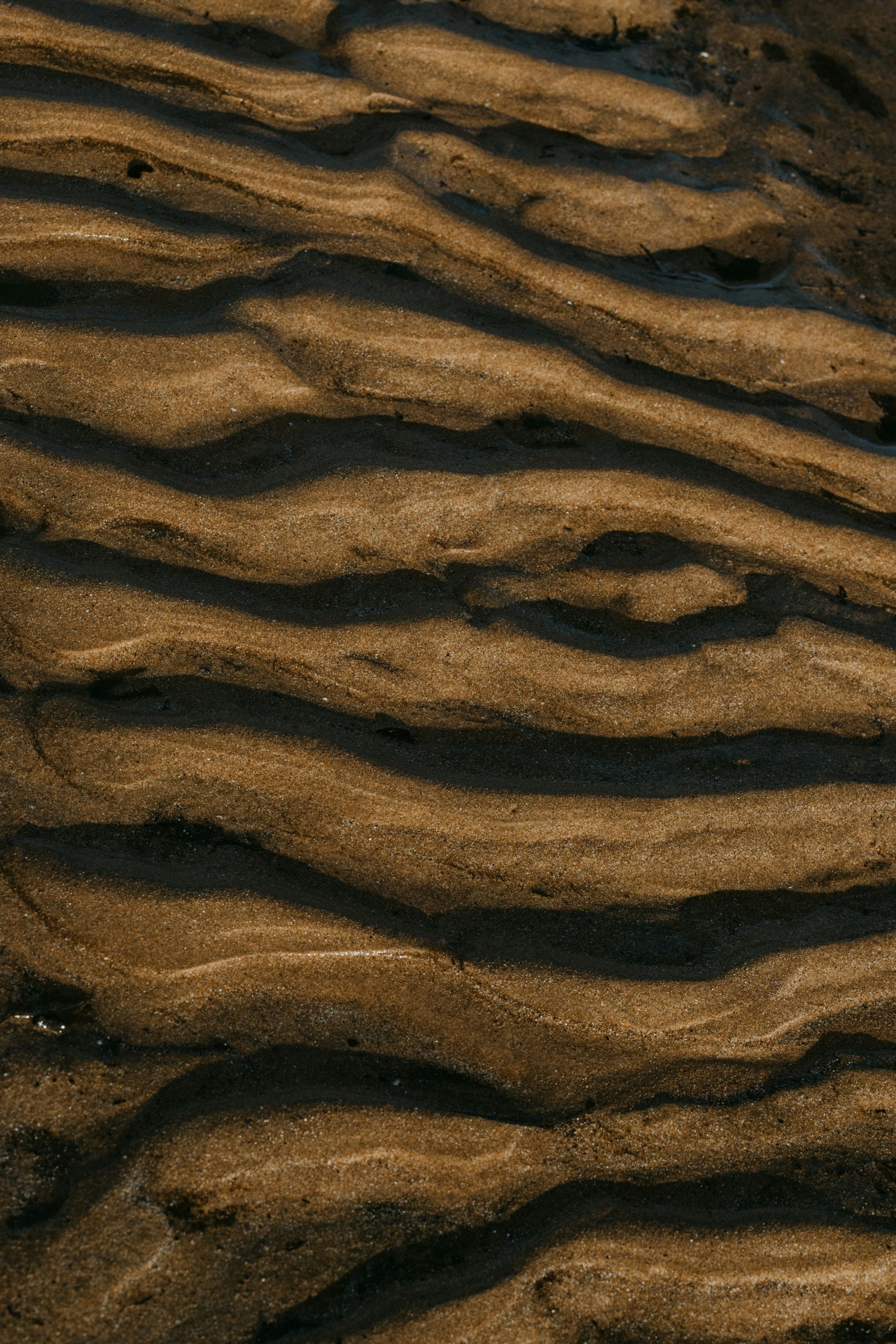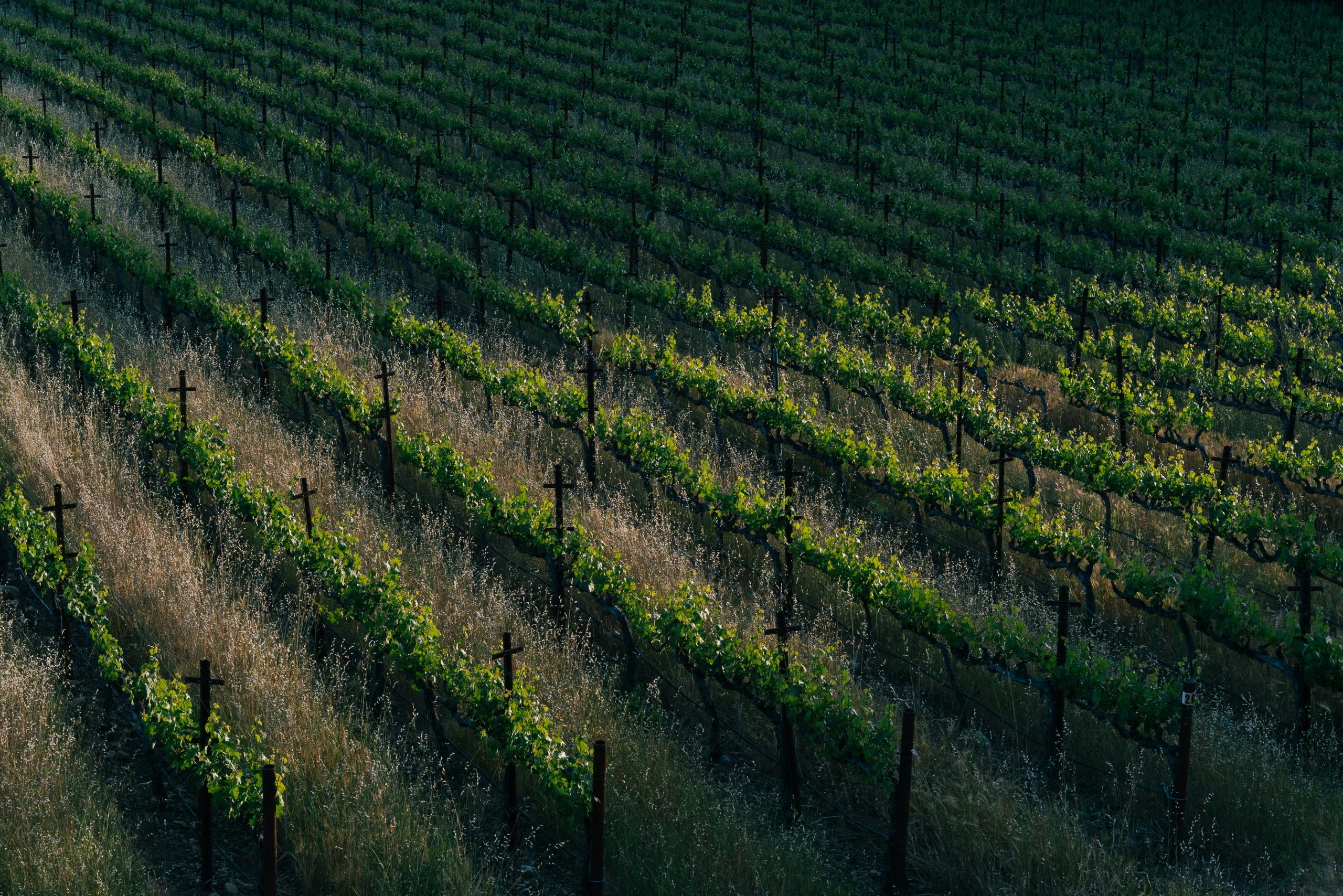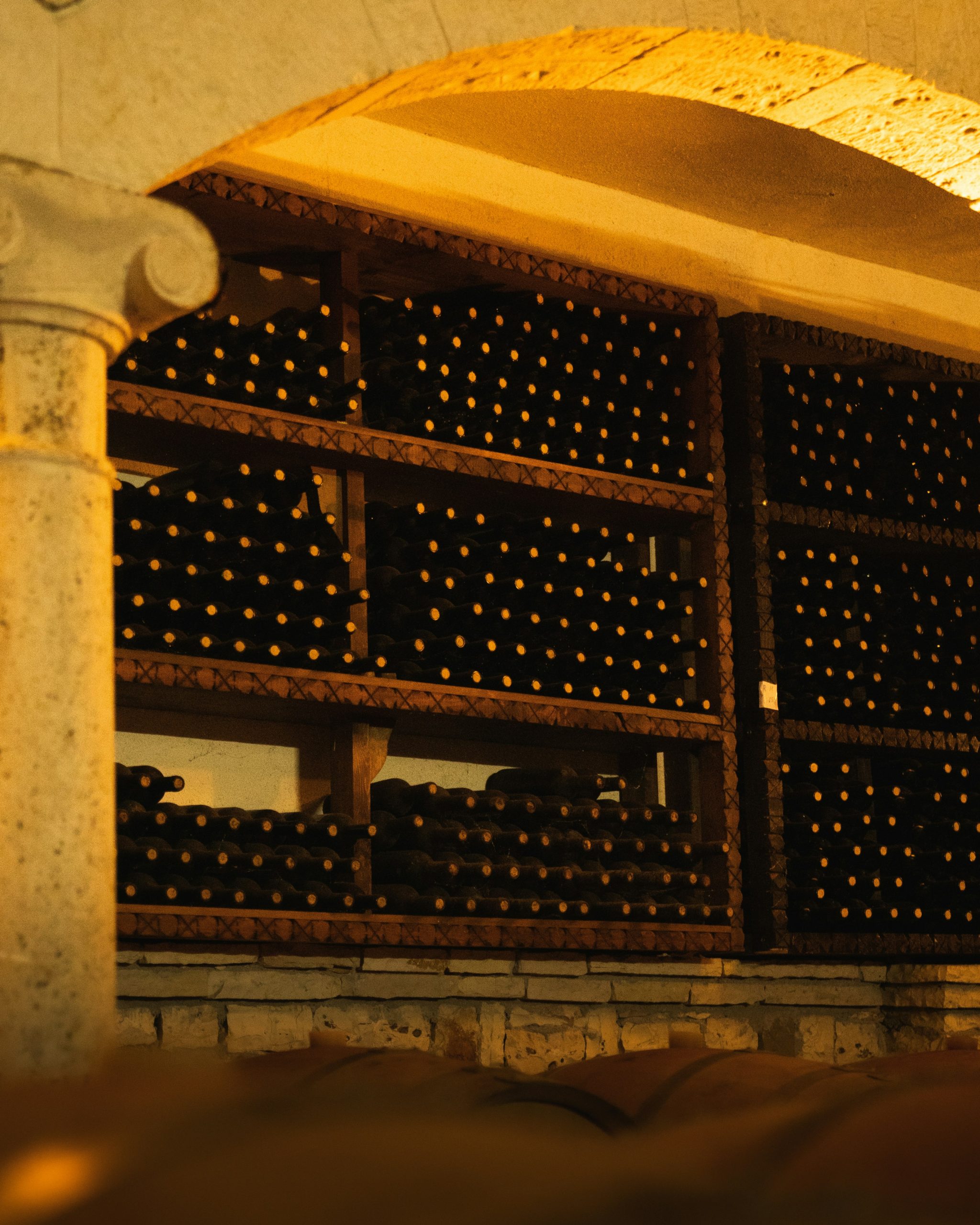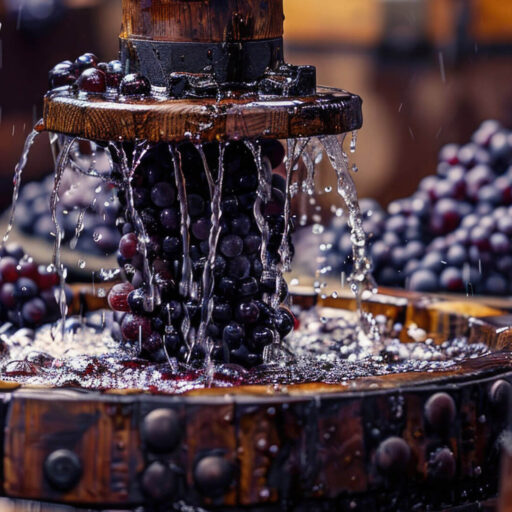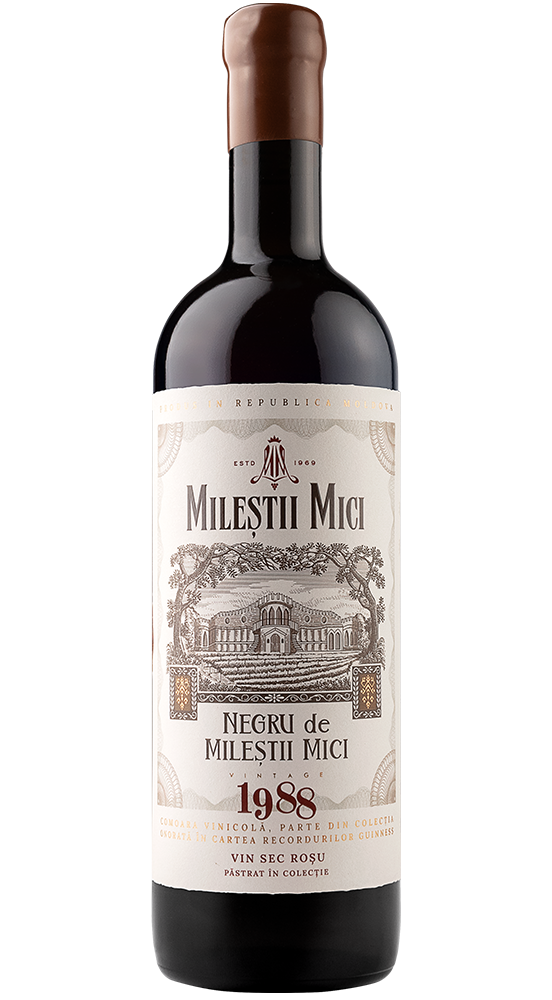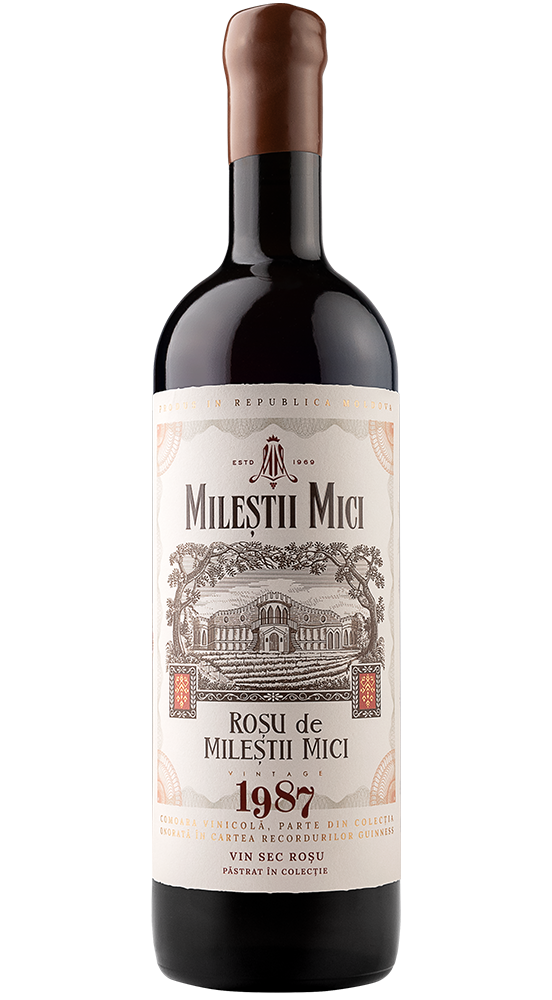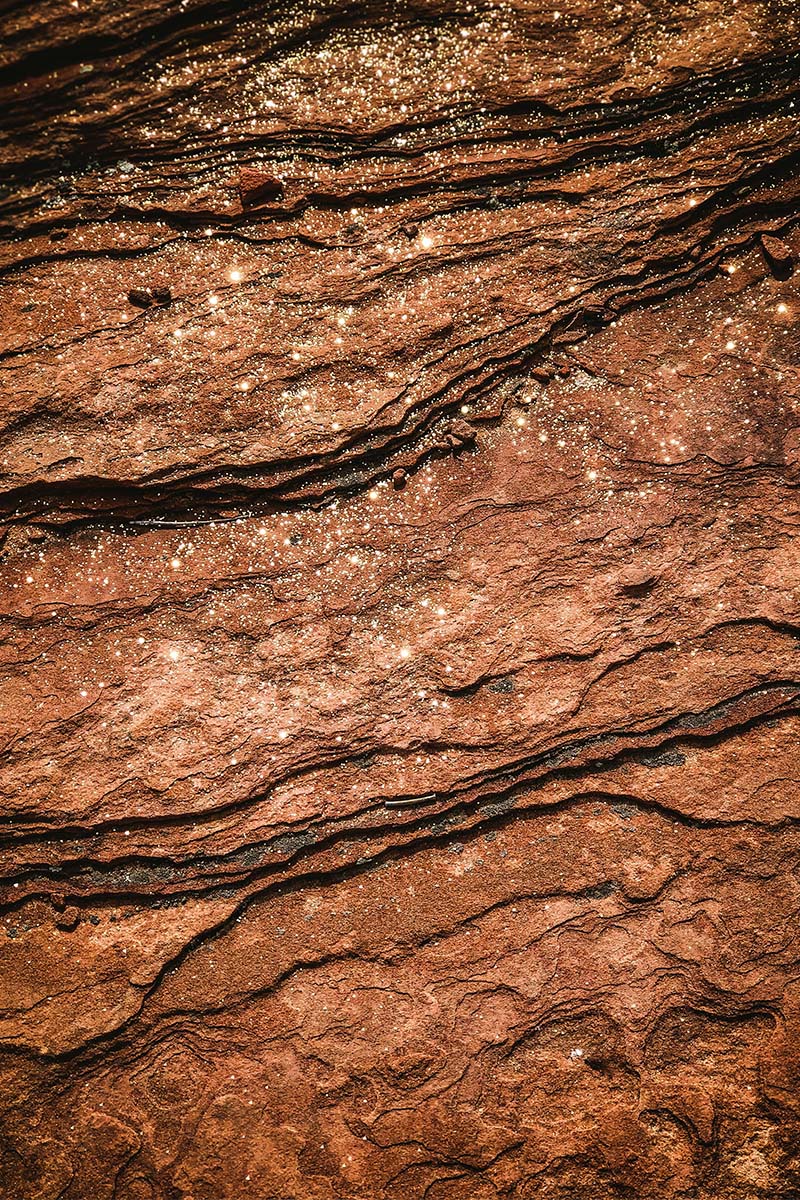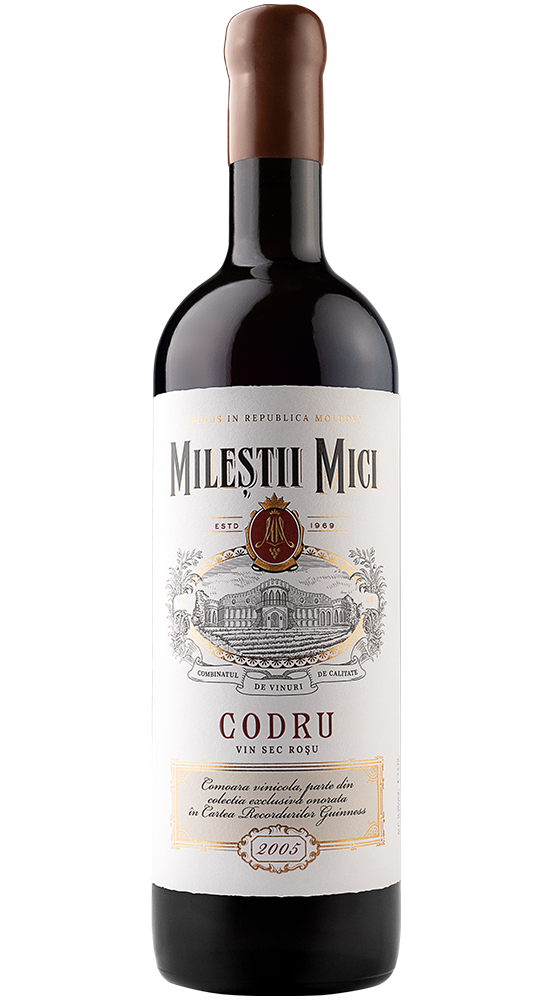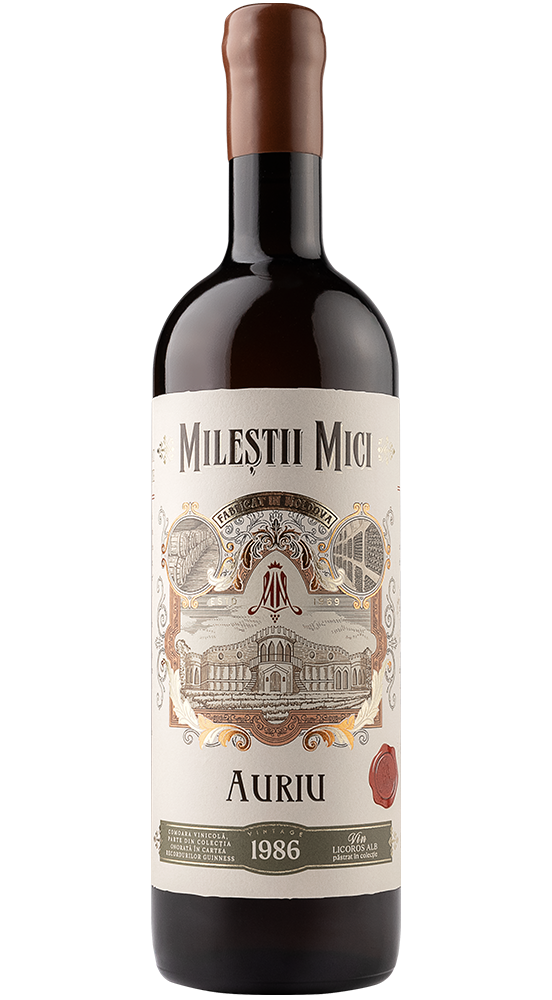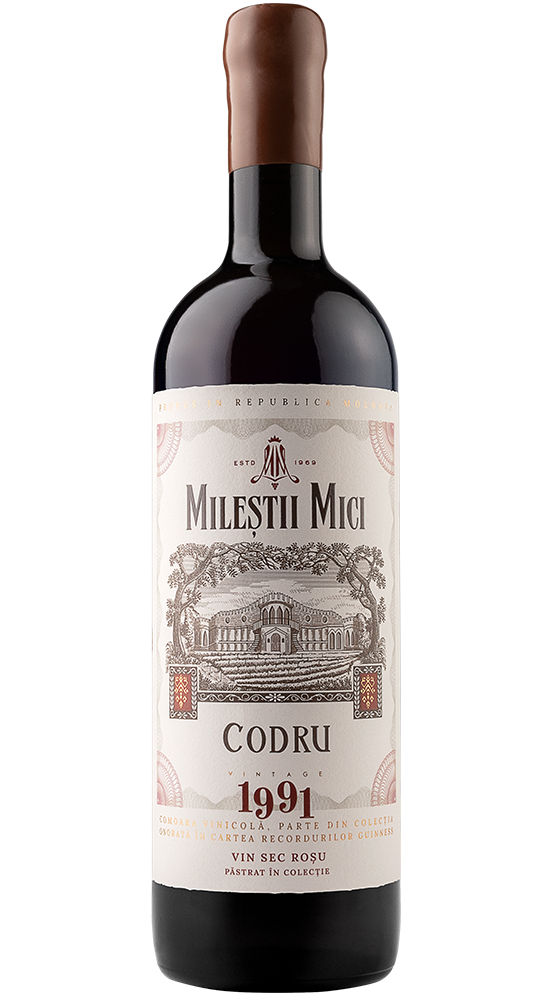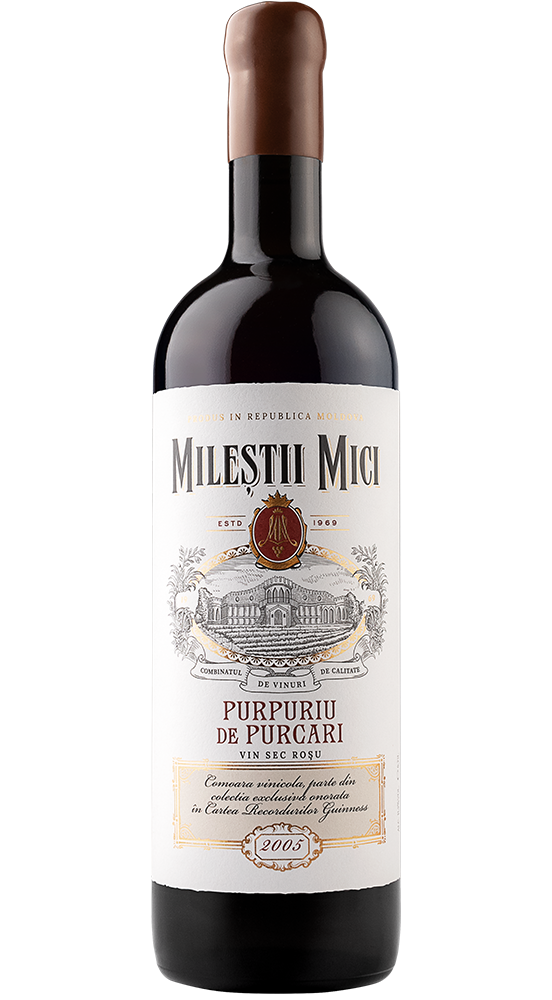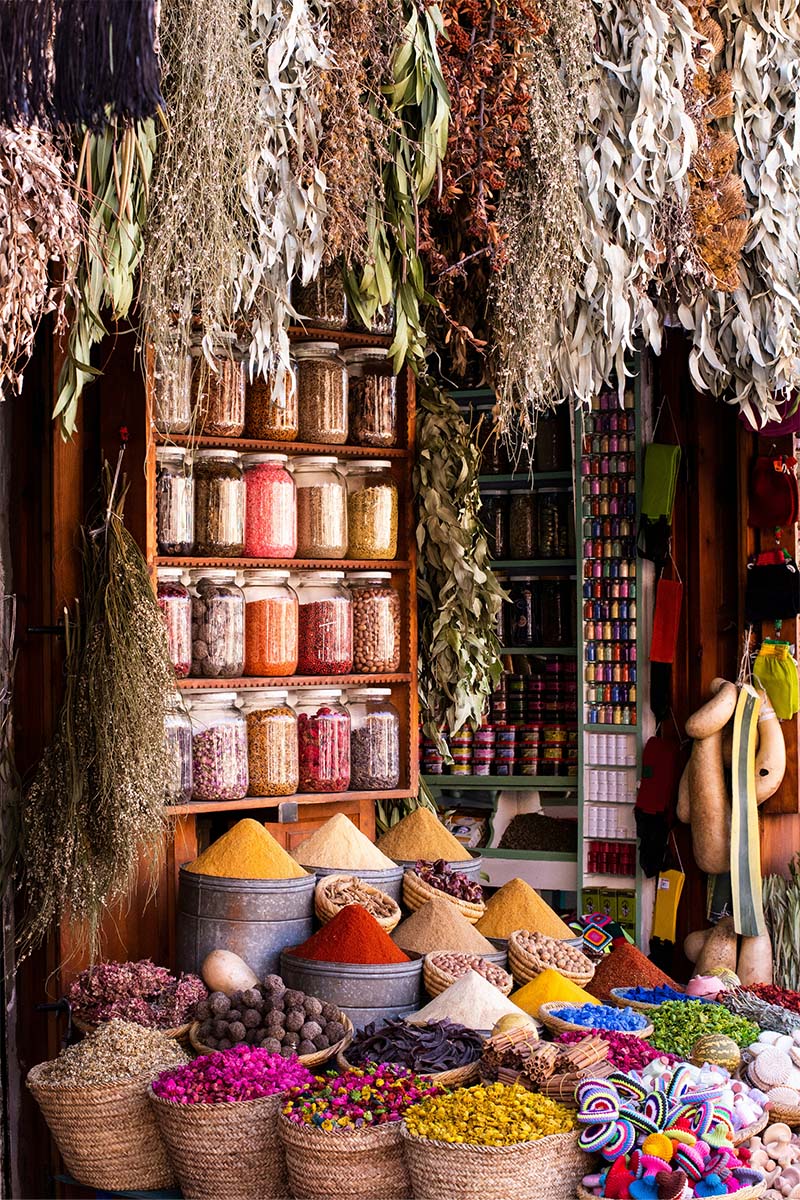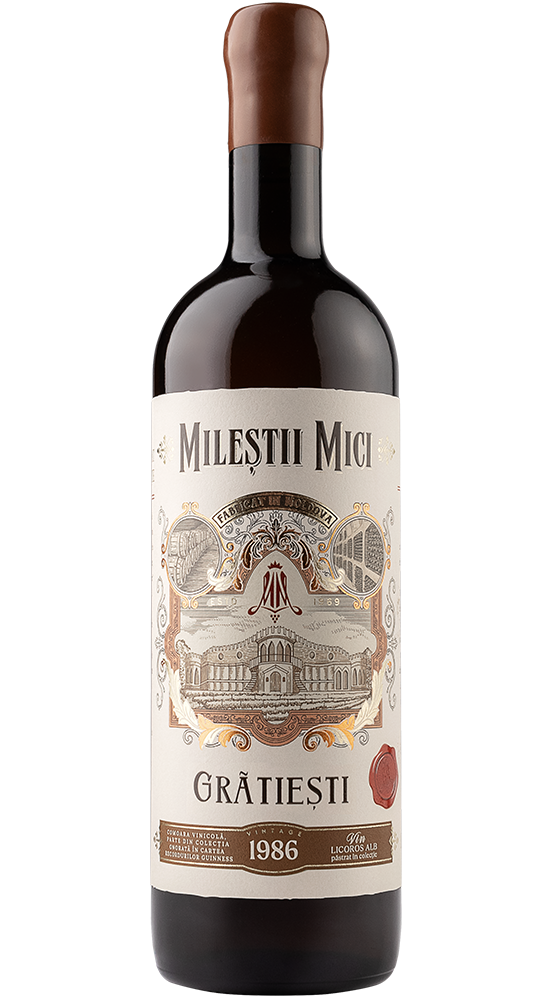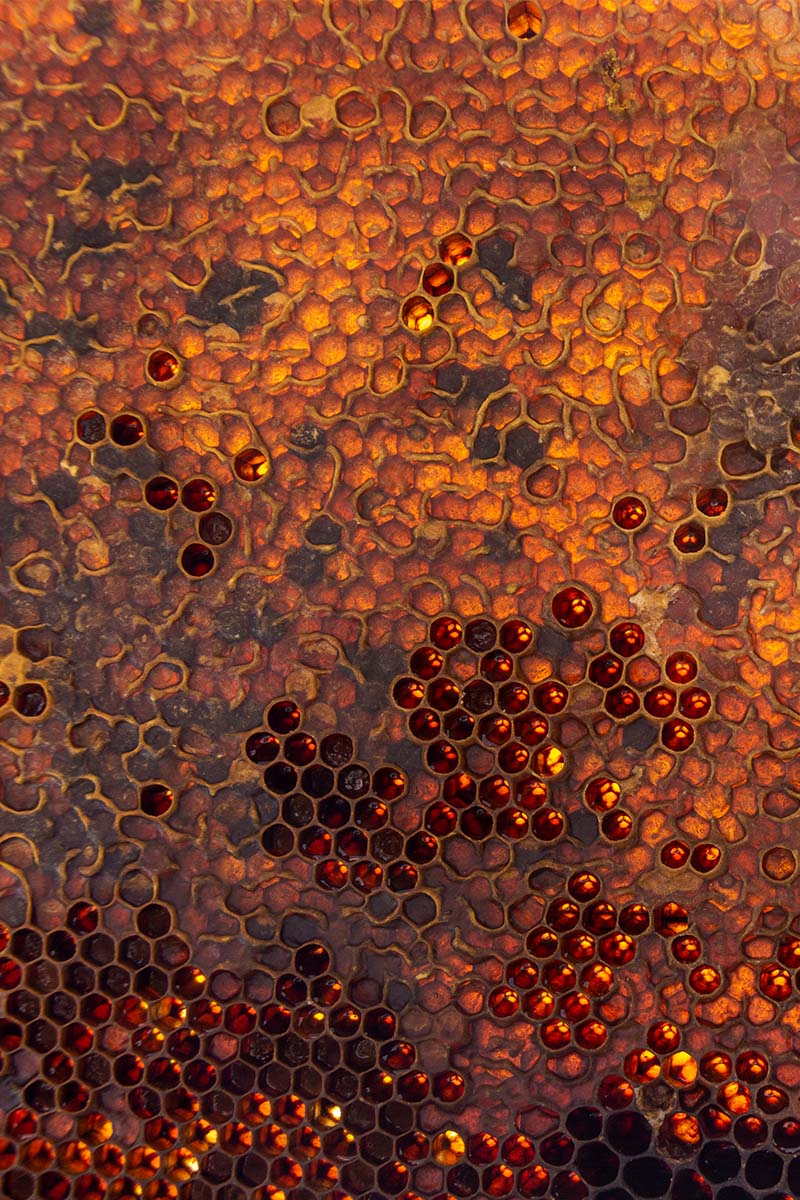Wild grapevines have grown here for over seven thousand years, since the Eneolithic period.
Near the village of Naslavcea in northern Moldova, an ancient imprint of fossilized grapes has been found, belonging to the vitis teutonica vines.

The wine was "domesticated" on our lands by the representatives of the mysterious Cucuteni–Tripolie culture. On the clay vessels of the Tripolye people, one can find scenes glorifying the cult of the vine. From this period come the seeds of cultivated grapes found near Varvarovca and one of the varieties of wild vines found near Rusestii Noi.
A new phase in the development of viticulture occurred during Antiquity. Greek colonists brought to the Northern Black Sea region the first experience of "industrial" winemaking. This is confirmed by the works of the Greek geographer Strabo.
We must not overlook the significant boost that the Roman Empire’s annexation of these lands gave to the development of winemaking. Roman Emperor Trajan, for defensive purposes, ordered the construction of a huge earthwork (Trajan's Wall), along whose slopes the locals planted their vineyards. We all remember the Roman saying "Bacchus loves hills." We are sure that our hills were especially loved by him. It was during this time that the range of local grape varieties began to take shape: Plăvai, Gordine, Coada Vulpii, Busuioacă, Rară Neagră, Fetească Neagră...

In the Medieval Principality of Moldova, the so-called "wine cult" began to take shape, when winemaking technology reached a new level.
Under the ruler, a special staff was created, led by the Paharnic (Wine Steward), who oversaw the vineyards and wine production. The Paharnic was personally responsible (in a literal sense) for the quality of the wine produced. In the 14th century, Moldovan wine began its triumphant journey around the world, spreading beyond the borders of the Principality of Moldova. It was during this period that wine was exported to the Grand Duchy of Moscow and Poland. Information about viticulture in those times can be found in the first code of feudal laws, issued during the reign of Vasile Lupu.
The significance of viticulture for the region's economic development is mentioned in "The Description of Moldova" by the ruler Dimitrie Cantemir.
A new phase began with the annexation of the territory to the Russian Empire in 1812. Winemaking became fashionable, and many children of the aristocracy were sent to study in France. At the same time, the tsarist authorities invited French, German, and Swiss colonists to settle the empty steppe lands of southern Bessarabia. Thanks to the efforts of these colonists, industrial winemaking was born. The first warehouses for producing and storing 40-degree "table wines" were established, following the decree of Finance Minister Witte. Global success came in 1878 when "Negre de Purcari" received a gold medal at the World Exposition in Paris. Wine from Bessarabia made its way to the English royal table.
German colonists cultivated the "Getic Desert" – the sun-scorched Bugeac steppe.
The local grape variety assortment suffered during the invasion of phylloxera, which devastated vineyards across Europe and reached our lands. It was during this time that grafting viticulture appeared, along with popular American varieties such as Lydia and Isabella, which are resistant to phylloxera and belong to the vitis lambrusco species.
In the middle of the 19th century, the first educational institution specializing in viticulture and winemaking, the Stavceana School, was founded.
The decline of the industry, related to the revolution and subsequent world wars, was overcome only in the 1950s. It was during this period that the first underground wine cellars were built in the salt extraction galleries of Cricova and Miciile Mihești. Since then, the development of winemaking has progressed rapidly, attracting the attention of wine lovers and connoisseurs of this drink worldwide.

The development of viticulture and winemaking in the modern Republic of Moldova is a priority sector of the economy.
Today, Moldova ranks among the top ten largest wine producers and exporters in the world.
